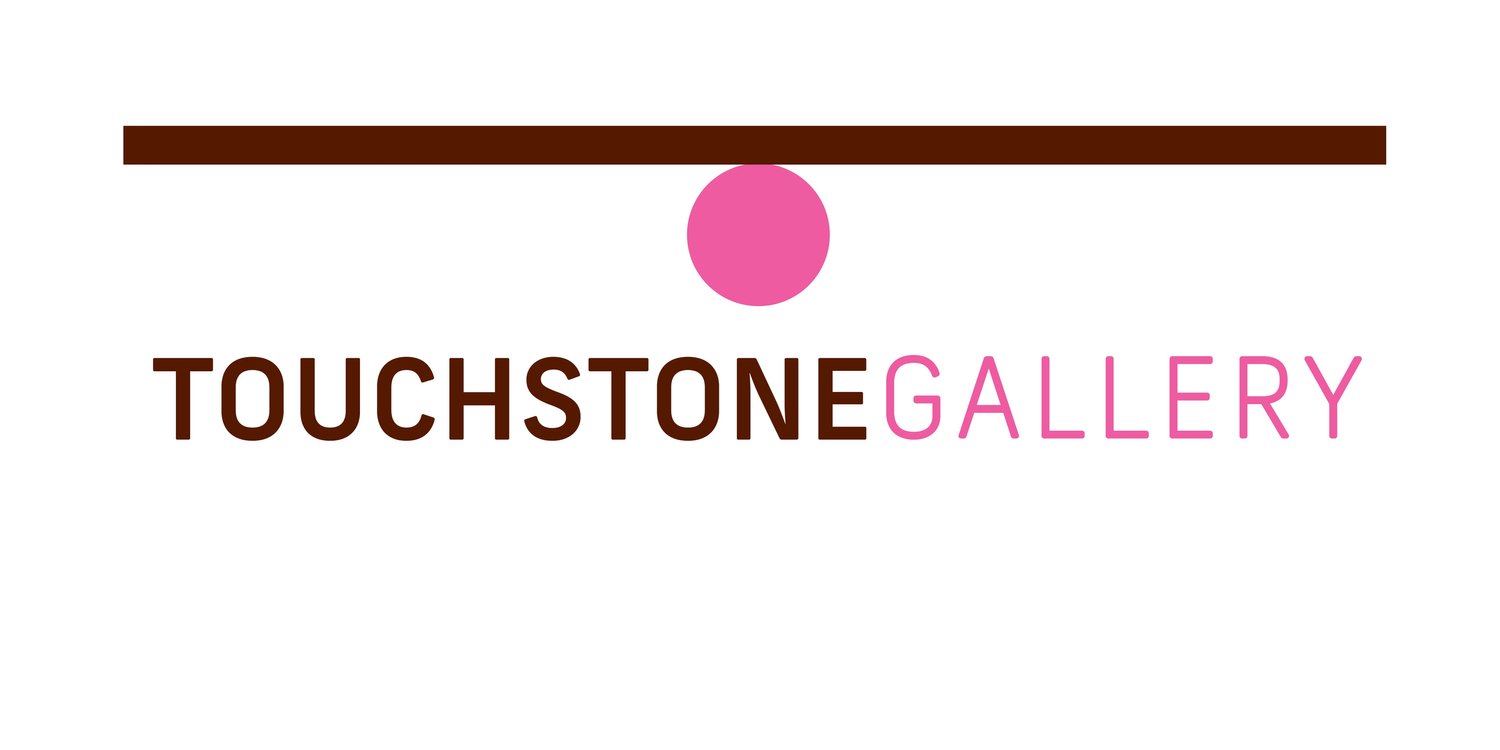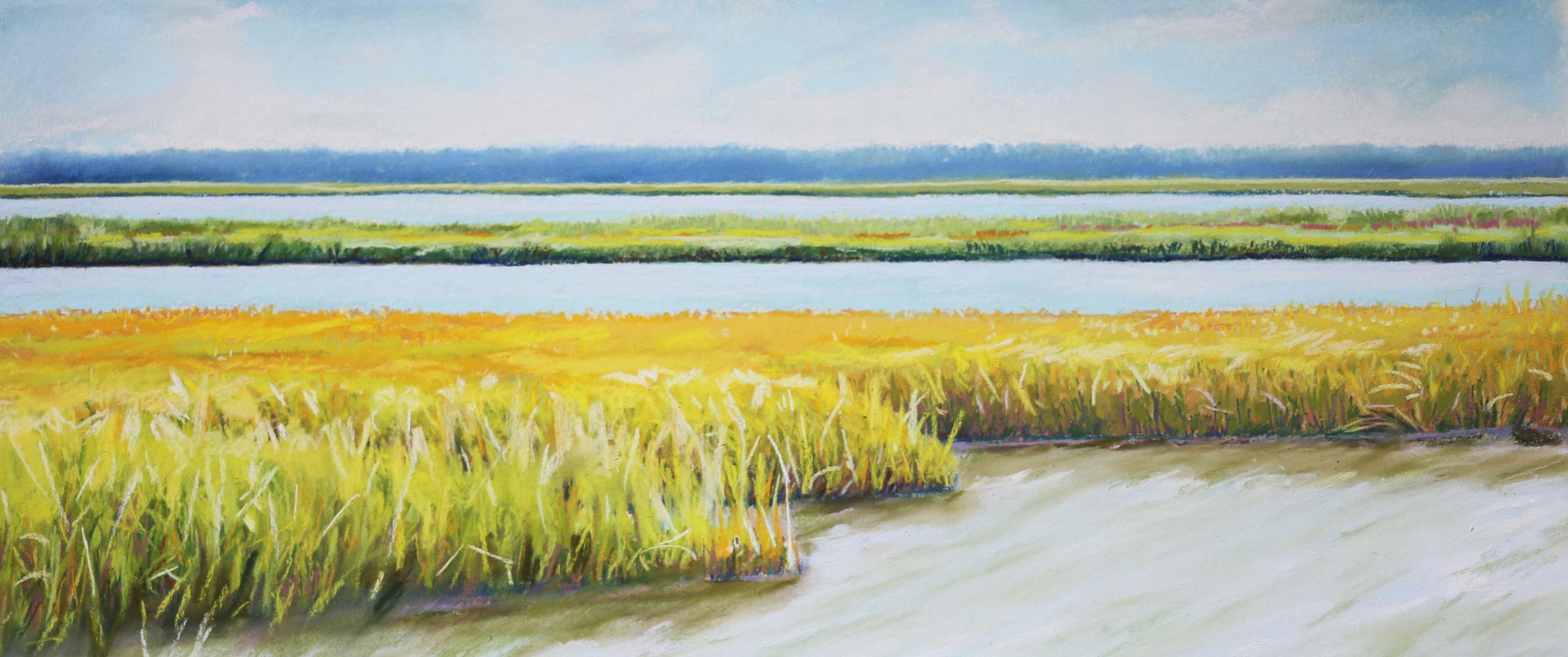Switzerland: Window View, 8” x 10,” oil on panel
There have been at least two constants in Gale Wallar’s life: relocation and art. As a child and adolescent, she moved frequently due to her father’s service with the Air Force. Wherever they lived, Wallar’s mother made sure that she was exposed to art and architecture. While other dads took their children out for ice cream, her dad took her out for art. When the family lived in the Washington DC area, they would go to the National Gallery on Sunday afternoon for an exhibit and lunch in the cafeteria. “Those experiences were a big influence early on,” she says. They led her to participate in art in high school, earn a BFA degree in painting and printmaking from Ohio Wesleyan University and receive an MA in art history from George Washington University.
As an adult, Wallar accompanied her husband, a Treasury Department official, to postings in France, Switzerland, Russia, Germany and other international banking centers. “We spent more than 20 years overseas,” she says. “It was a continuation of my childhood. We moved a lot.” At each of the stops, Wallar painted, photographed and collected memories of places that touched her heart.
Crossing Geographic, Artistic Boundaries
Not surprisingly, Wallar’s body of work expresses a recurring theme of boundaries and boundary crossings. N▪S▪E▪W, her new show at Touchstone Gallery, is a collection of urban landscapes, city scenes and traditional landscapes. The series builds upon previous exhibitions, including Crossing Boundaries, March 2009; Crossing Boundaries 2, June-September 2009; About Places, September-October 2010; Course Corrections, December 2012; NEARdistance, October 2014; and Altitudes and Elevations, October 2016, among others.
“This show continues that feeling of moving from place to place physically and evaluating my environment, whether I am in the mountains or in the city surrounded by buildings that are evocative for me, and also the experience of crossing boundaries in art by going from one medium to another,” she says. Wallar is eclectic, skilled in many art techniques. “I love colored pencil drawings,” she says. “I love printmaking. And wood cuts and oil and acrylics and pastel.”
Medium First, Then Subject
Maryland: Eastern Shore, 8” x 18.5,” pastel on paper
While some artists decide what subject matter they want to paint on a given day, Wallar decides what medium she wants to work in, then selects a subject that lends itself to that. For example, some days she feels like working with tools and cutting into wood to create a woodcut. “I think about what image would work best for that. Most often it is mountains because I love all the ridges and crevices in the mountains. Those work really well with wood cuts,” she says. Other days, she works on etchings, paintings or drawings, which, in her hands, lend themselves to different subject matters. Deciding what type of medium to use becomes part of the expression.
Whatever the medium, Wallar renders places that she has experienced and that have had an impact on her. She often depicts the same place many times, showing different aspects of it. “When I work on a piece with buildings in the foreground and a powerful landscape element in the background, I want to emphasize the universal connection of people to their environment but also the contrast between geometric and organic elements,” she says. Wallar hopes her work will remind viewers of a place they have experienced and help them reconnect to their feelings about the place. “Everybody has feelings for certain places, and I think it is important to remember them.”
Contemporary Realism
Grenoble: City and Landscape, 8” x 10,” oil on panel
Wallar works primarily in the studio, based on the numerous photographs she takes of places she lives and visits. She also carries a sketchbook for impromptu drawings of scenes that catch her eye. She simplifies the images in her photographs and sketches to focus the composition on one aspect of a scene. The term contemporary realism best describes her work. It is not photorealism. Rather, her compositions use planar divisions and weighted geometries to create harmony. The subject is simplified and balanced between the real and the ideal. Wallar’s technical skill is evident, but the viewer is not distracted by her application of paint.
Crossing another border, Wallar also enjoys painting cheese. “Even though it is still life, there is a connection between the way I structure it and the way I paint city scenes and even landscapes,” she says. She looks for geometric shapes and organic shapes as well as color balance and a range of colors. “I carry the same aesthetics from one media to another and one genre to another, so there is continuity in my work.”
Johannes Vermeer, Edward Hopper and Charles Sheeler are among her artistic influences. When she saw Vermeer’s work at The Hague in the 1990s, she was captivated by View of Delft and The Little Street. She still finds herself using a similar palette in city scenes. While she chooses different subject matter than Sheeler, the geometry and structure of his work has had an impact on her own. As to Hopper, she says people have criticized her work for looking too much like Hopper. “It is not deliberate,” she says, “but art that you look at and love just seeps into you. You subconsciously adopt elements of art that you love.”
Wallar continues to experiment. “I am constantly learning,” she says. “I don’t feel that I have hit a point where I want to continue doing one thing. I want to try new things. I love to paint.” There are still boundaries to be crossed.



